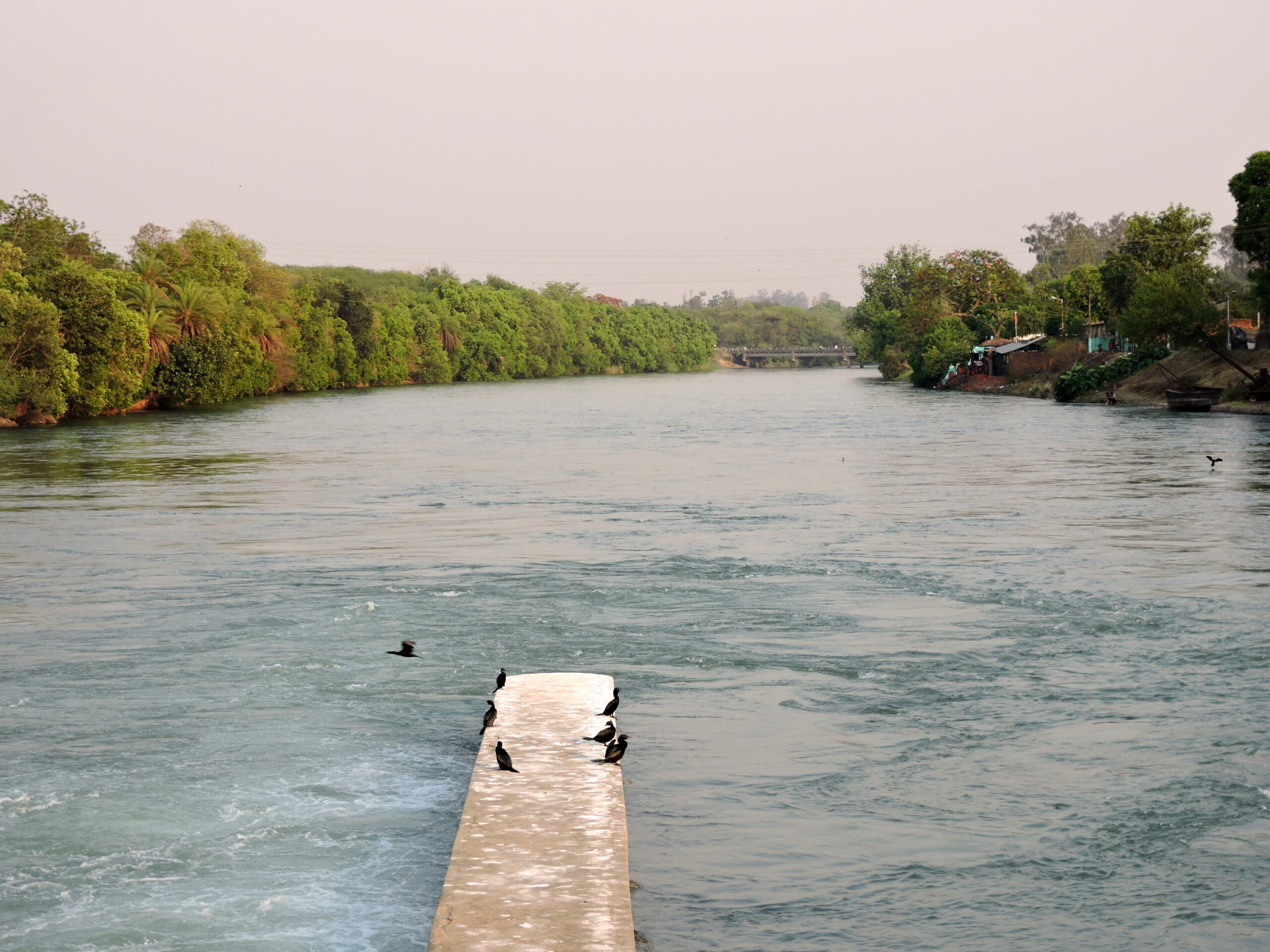Ropar: Nestled in the vibrant state of Punjab, the Ropar Wetland, also known as Rupnagar Wetland or Ropar Lake, stands as a sanctuary of tranquility and biodiversity. This hidden gem, tucked away amidst scenic landscapes, invites nature enthusiasts and birdwatchers to witness the harmonious coexistence of diverse ecosystems. Join me on a journey to explore the captivating beauty and ecological richness of the Ropar Wetland.
Ropar, also known as Rupnagar, is a historic town in the state of Punjab, India. Explore its rich heritage, with archaeological sites dating back to the Harappan civilization, including the famous archaeological museum showcasing artifacts from that era. Enjoy the serene beauty of the Satluj River and the captivating view of the Nangal Dam. Ropar offers a blend of history and natural charm, making it a compelling destination for those seeking cultural exploration and scenic landscapes in Northern India.
Ecological Diversity: Ropar
Ropar Wetland, situated along the banks of the Sutlej River, is a haven for a myriad of plant and animal species. Its diverse ecosystems, including freshwater marshes, shallow pools, and riparian habitats, contribute to the area’s ecological richness. The wetland serves as a crucial stopover point for migratory birds, making it a hotspot for birdwatching and wildlife enthusiasts.
Avian Wonderland: Ropar
One of the defining features of Ropar Wetland is its significance as a birdwatcher’s paradise. The wetland attracts a plethora of migratory birds, including Siberian cranes, bar-headed geese, and various species of ducks. The vibrant colors and melodic calls of these winged visitors create a symphony of nature that resonates throughout the wetland, making it an ideal destination for birdwatching enthusiasts.
Biodiversity Hotspot: Ropar
Ropar Wetland is not only about avian wonders but also harbors a rich diversity of flora and fauna. The wetland’s aquatic vegetation, including submerged and floating plants, provides essential habitats for fish and invertebrates. The marshy areas offer breeding grounds for amphibians and support a variety of reptiles, making Ropar Wetland a thriving ecosystem that showcases the interconnectedness of all living beings.
Conservation Efforts:
Recognizing the ecological importance of Ropar Wetland, conservation efforts have been implemented to safeguard its biodiversity. The wetland has been declared a Ramsar site, signifying its international significance as a wetland of global importance. Conservation initiatives include habitat restoration, awareness programs, and sustainable tourism practices to ensure the long-term health of this natural treasure.
Scenic Serenity:
Beyond its ecological significance, Ropar Wetland offers visitors a tranquil escape into nature. The serene landscapes, with the Sutlej River meandering through the wetland, provide a picturesque backdrop for nature walks and leisurely exploration. The wetland’s undisturbed beauty allows visitors to connect with the rhythms of nature, fostering a sense of peace and rejuvenation.
Educational Opportunities:
Ropar Wetland serves as an outdoor classroom for environmental education and research. The wetland’s unique ecosystem provides valuable insights into wetland ecology, bird migration patterns, and the interconnectedness of water bodies. Educational programs and guided tours offer visitors the opportunity to learn about the importance of wetland conservation and sustainable environmental practices.

Conclusion:
Ropar Wetland, with its breathtaking landscapes and ecological significance, is a testament to the beauty and resilience of natural ecosystems. As a sanctuary for migratory birds and a haven for biodiversity, the wetland beckons both nature enthusiasts and conservationists. In the heart of Punjab, where the Sutlej River embraces a haven of serenity and ecological wonders, Ropar Wetland stands as a timeless testament to the importance of preserving our natural heritage.

